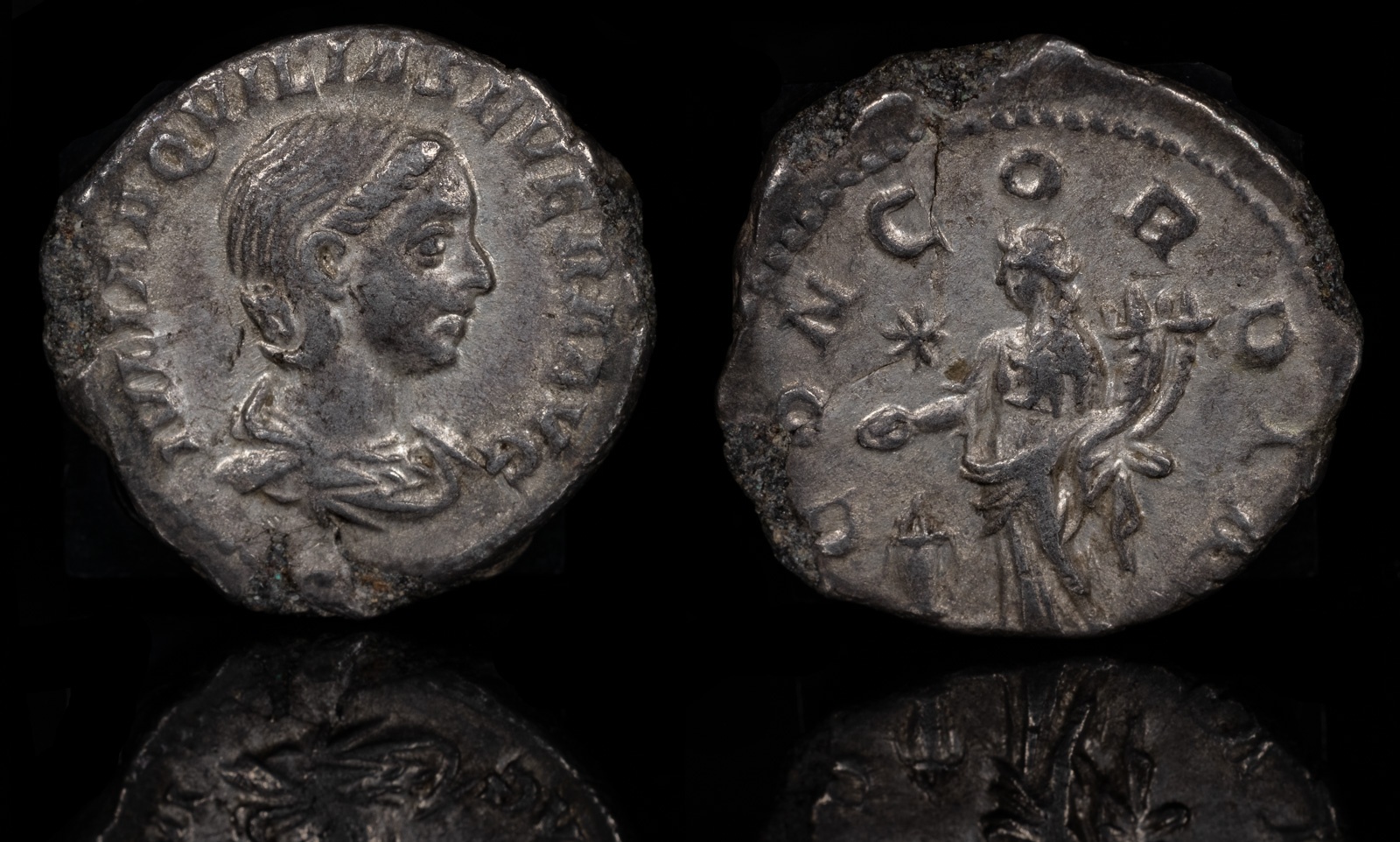Patera
View All Tags
In religious contexts, the patera was often filled with wine, milk, honey, or other liquids, which were poured onto altars or the ground as an act of devotion. This ritual of offering liquids, typically as a part of sacrifices, was meant to honor gods and goddesses, seeking their favor, blessings, or protection. The patera was also used for pouring during ceremonies and festivals that celebrated particular deities, such as Dionysus in Greece or Jupiter in Rome. The simplicity and wide surface of the patera allowed for a more controlled and ceremonial presentation of the liquid offerings, which were often accompanied by prayers or invocations.
In addition to its religious use, the patera was sometimes employed in domestic contexts. It might be used as a serving vessel for food, drinks, or for mixing substances. In some cases, the patera was used in medical or ritual practices outside of formal sacrifice. Its wide, open design made it versatile, and it could serve a variety of functions in both sacred and everyday life.
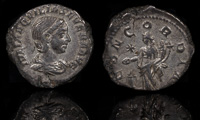
Aquilia Severa 220-222 CE
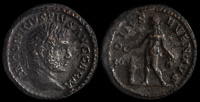
Caracalla 198-217 CE
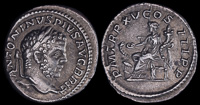
Caracalla 212 CE
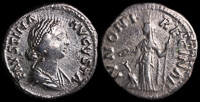
Faustina the Younger 147-175 CE

Julia Mamaea 225-235 CE
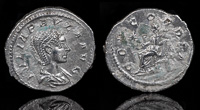
Julia Paula 219-220 CE

Kyparissia, Messenia 193-211 CE
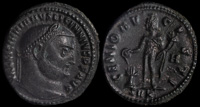
Licinius 308-324 CE

Maximian 295-296 CE
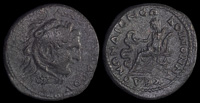
Olympia with snakes 238-244 CE

Otacilia Severa 244-249 CE
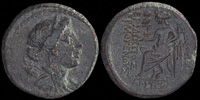
Philadelphia, Lydia 2nd-1st centuries BCE
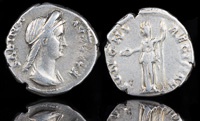
Sabina 133-135 CE
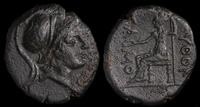
Samothrace 280 BCE

Severus II 305-306 CE

Volusian 251-253 CE
